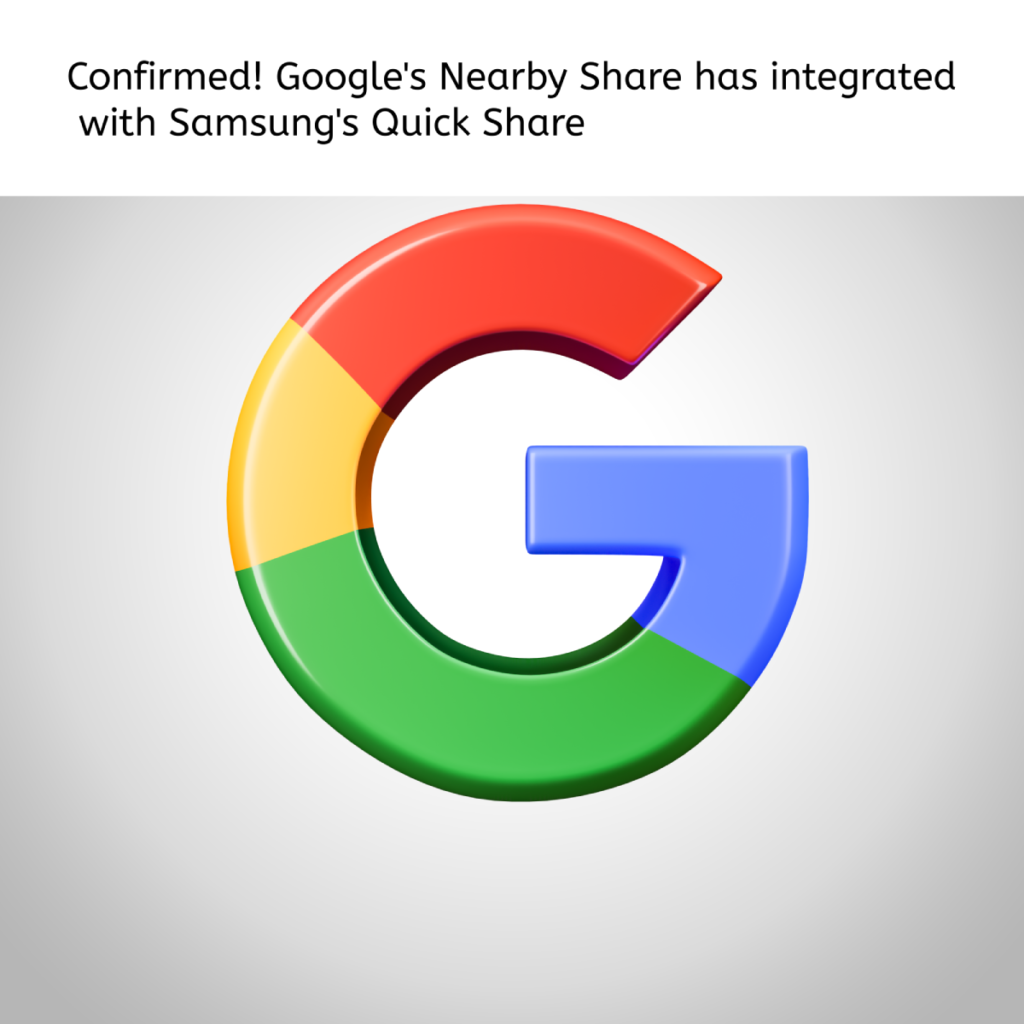Google’s Nearby Share has integrated with Samsung’s Quick Share
Yes, indeed! Google’s Nearby Share and Samsung’s Quick Share have been integrated, making it more convenient for users to share files, photos, and more between Android devices. This collaboration allows for seamless file-sharing experiences across a wider range of compatible devices, leveraging both Google’s and Samsung’s technologies to enhance user convenience and connectivity.
How does Google Nearby Share work?
Share Content Securely on Android Devices
In the digital age, the need to share content securely on Android devices has become paramount. Whether it’s sensitive documents, personal media, or confidential information, ensuring that data remains protected during transfer is crucial. At our platform, we’re committed to providing comprehensive guidance on securely sharing content across Android devices, ensuring peace of mind for users.
Understanding Secure Content Sharing
Before delving into the methods and tools for secure content sharing, it’s essential to grasp the underlying concepts. Secure content sharing involves the transmission of data from one device to another while employing encryption, authentication, and other security measures to prevent unauthorized access or interception.
Encryption Protocols: Safeguarding Your Data
Encryption lies at the core of secure content sharing. It involves encoding information in such a way that only authorized parties can access it. Android devices utilize robust encryption protocols like TLS (Transport Layer Security) and SSL (Secure Sockets Layer) to secure data during transmission. These protocols ensure end-to-end encryption, rendering intercepted data indecipherable to unauthorized entities.
Methods for Secure Content Sharing on Android
Utilizing Share Features with Built-in Encryption
Android devices offer built-in features that prioritize security during content sharing. Leveraging these functionalities ensures a seamless and secure transfer of files, images, videos, and more.
Encrypted Messaging Apps
Applications like Signal, WhatsApp, and Telegram utilize end-to-end encryption, enabling users to share messages, media, and files securely. These platforms employ robust encryption methods, guaranteeing that only the intended recipient can access the shared content.
Secure File Sharing via Cloud Services
Cloud storage services such as Google Drive, Dropbox, and OneDrive provide secure file-sharing options. They integrate encryption protocols and user authentication, ensuring that files remain protected during both upload and download processes.
Best Practices for Enhanced Security
Ensuring maximum security while sharing content on Android devices involves adhering to certain best practices.
Regular Software Updates
Frequent software updates on Android devices often include security patches that address vulnerabilities. Staying up-to-date with the latest system updates minimizes the risk of potential security breaches during content-sharing activities.
Implementing Two-Factor Authentication (2FA)
Enabling two-factor authentication adds an extra layer of security, requiring additional verification beyond passwords. Integrating 2FA strengthens the authentication process, reducing the chances of unauthorized access to shared content.
Who owns Nearby Share?
Nearby Share stands as a cutting-edge functionality that enables seamless file-sharing among compatible devices within proximity. As technology continues to advance, this feature has gained substantial traction for its efficiency, ease of use, and compatibility across various platforms like Android, Chrome OS, and Windows.
What is Nearby Share?
Nearby Share is a feature integrated into Android devices (running Android 6.0 or later) and select Chromebooks, offering users the ability to share files, links, photos, and more with nearby devices. Developed by Google, this functionality simplifies the sharing process, eliminating the need for third-party apps or complicated setups.
How Nearby Share Works
Device Compatibility and Activation
Devices supporting Nearby Share utilize Bluetooth, Bluetooth Low Energy (BLE), WebRTC, or peer-to-peer Wi-Fi to establish connections. To activate Nearby Share, users can access it through their device’s settings, ensuring Bluetooth and Location settings are enabled for seamless discovery.
Sharing Files
Upon activating Nearby Share, users can share various content types by selecting the file and tapping the Nearby Share option. The feature then identifies nearby compatible devices, presenting a list for the user to choose the recipient. Once selected, the recipient device receives a prompt to accept the file transfer, ensuring secure and effortless sharing.
Key Features and Benefits
Flexibility and Convenience
Nearby Share facilitates file sharing across different platforms, promoting interoperability between Android devices, Chromebooks, and even certain Windows systems. This cross-platform functionality enhances user convenience, allowing effortless sharing regardless of the operating system.
Secure and Private Sharing
The feature prioritizes user privacy by offering three visibility settings: “All Contacts,” “Some Contacts,” and “Hidden.” Users can choose the level of visibility for their device, ensuring that sharing occurs only with desired contacts and providing control over data exposure.
Advancements and Future Prospects
Integration with Other Platforms
While currently available primarily on Android and Chrome OS, there’s anticipation for broader integration with other operating systems, potentially expanding Nearby Share’s reach to a wider user base.
Continuous Improvements
As technology evolves, Google continues to refine Nearby Share, potentially introducing additional functionalities and enhanced user experiences through future updates.
